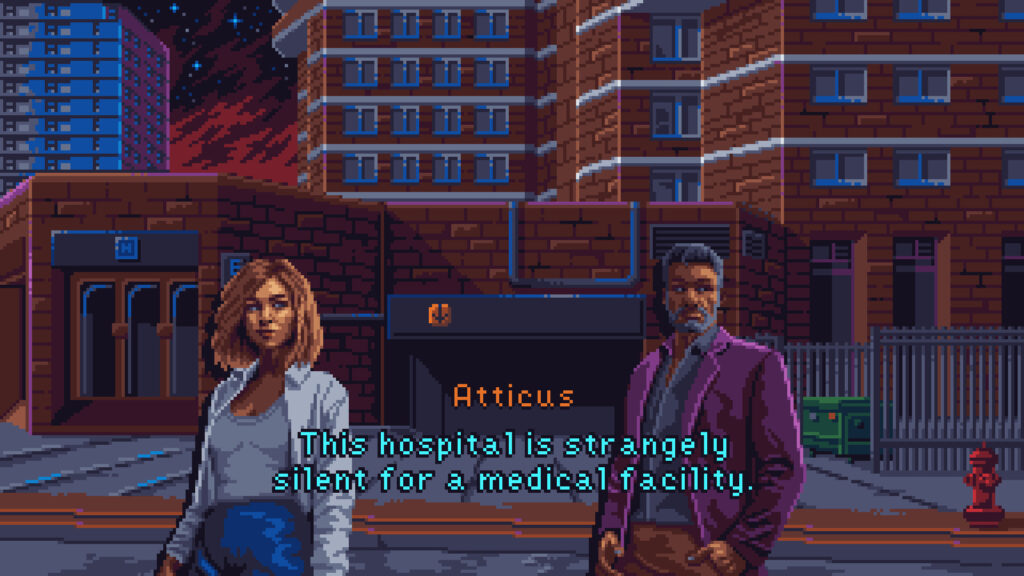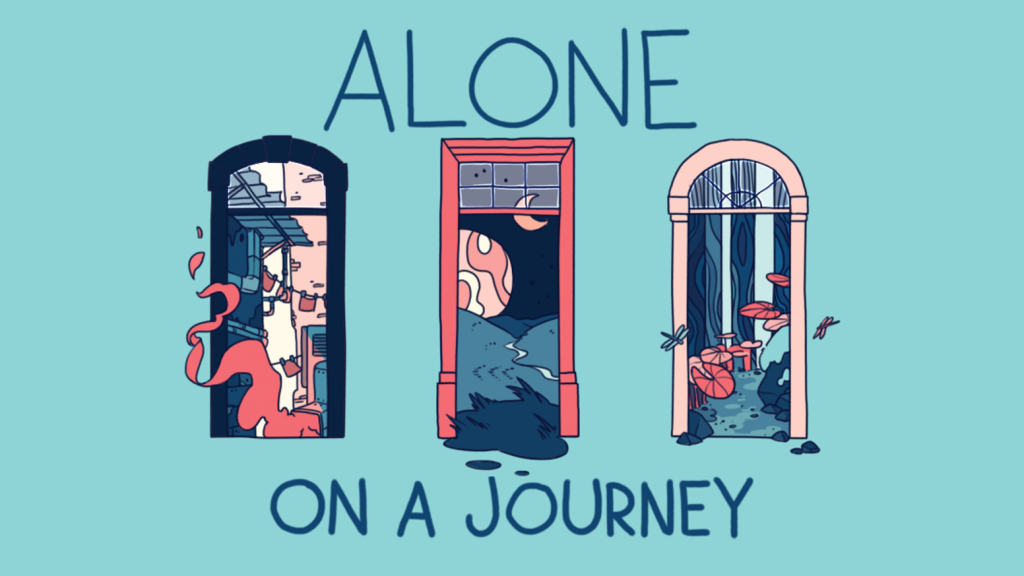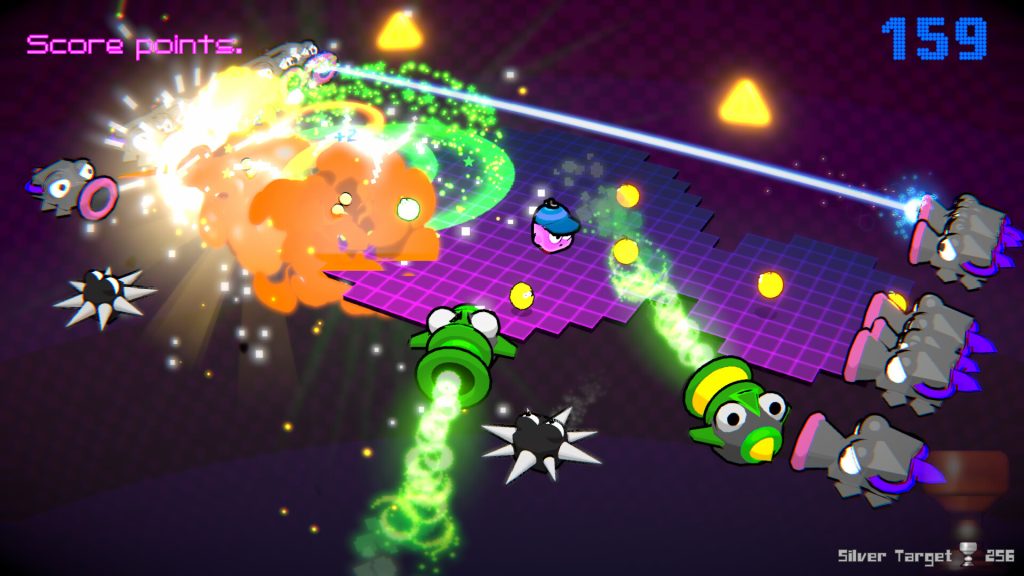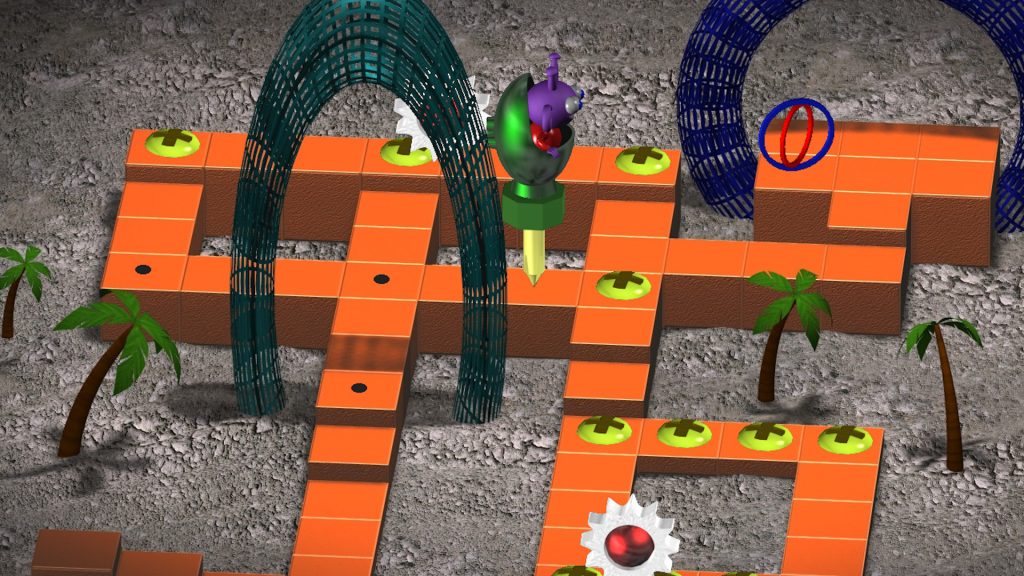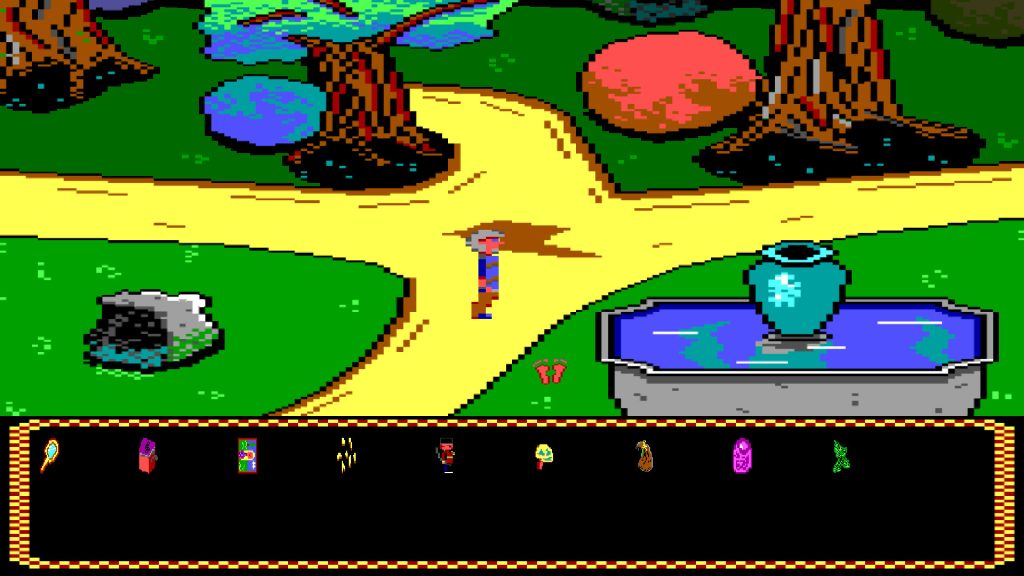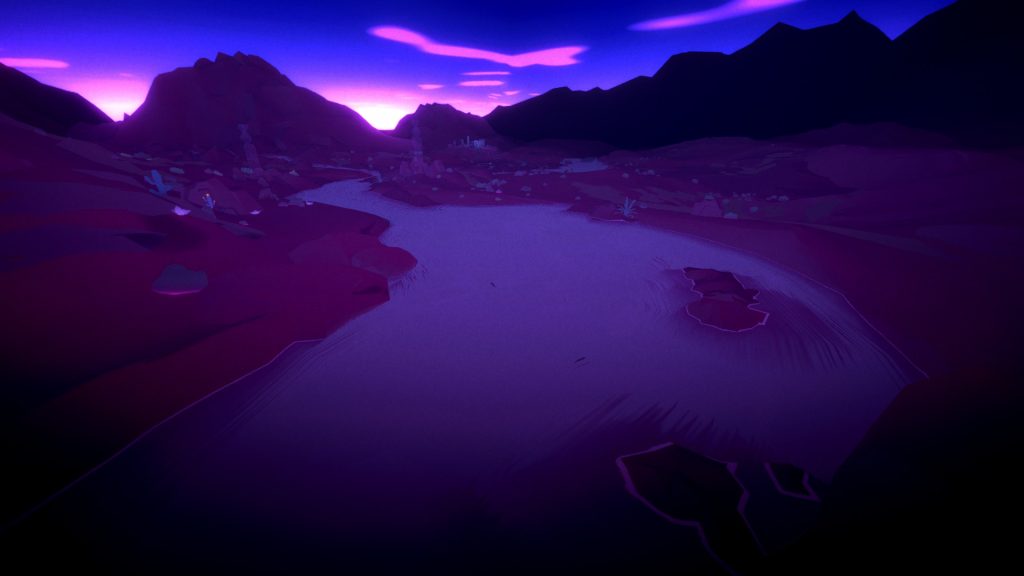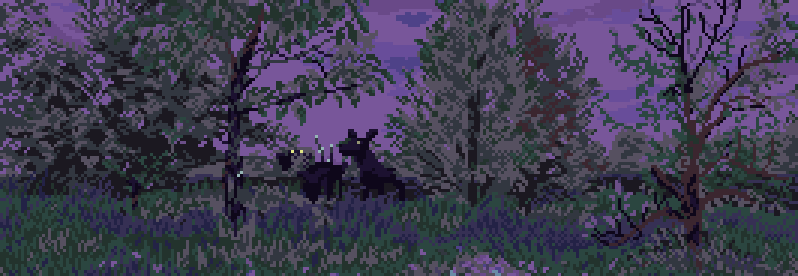Developer: John Calhoun
Publisher: Soft Dorothy Software
Year: 2023
Genre: Arcade
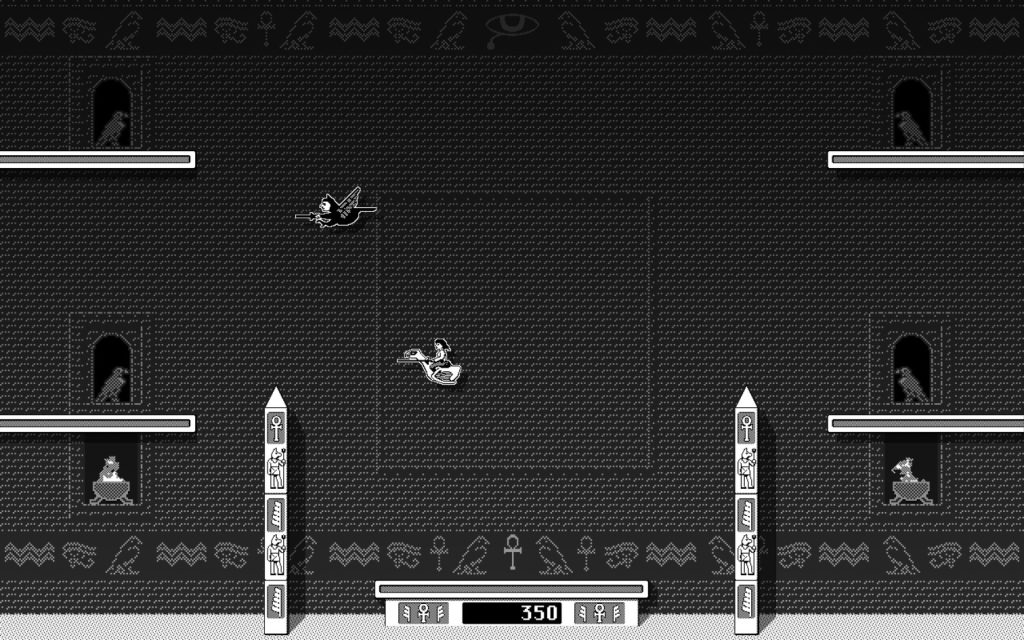
Glypha: Vintage is a remake of the 80’s Macintosh arcade game of the same name. It’s a variant of Joust, which happens to be my favorite arcade game, where you fly around on a giant bird and use your lance to destroy enemies by bumping into them while you are at a higher height than them. As far as Joust variants go, I think it’s one of the better ones, but to be fair there’s not really that many Joust clones I can think of. It’s mostly the same game, but with everything modified to have more of an Egyptian theme. The thing that stands out to me is how fast it moves compared to Joust. Everyone moves faster and less floatier, so you have to hit the flap button quite a bit more to stair in the air and enemies can turn around much faster. The egg items hatch a lot faster too. This all makes the game a lot more difficult than the original but to compensate, Glypha is much more generous with the extra lives you get from accumulating points. It took a few minutes to get used to but once I did, I thought it had felt very good.
The original Macintosh era was all a bit before my time. By the time I was in elementary school, our classrooms all had Macs that had color, so I don’t have any nostalgia for this era of computers. That doesn’t mean I don’t love the art in black and white Mac games though. It’s essentially the same art as the original Glypha game but obviously at a much higher resolution and a lot smoother. I’m guessing there’s some additional animations as well but I’m not familiar enough with the original game to know. I think it looks great.
I never played the earlier Glypha games but my understanding is that they eventually got color and probably other changes as well. I think they were all developed by John Calhoun, who is also know for his paper airplane arcade game Glider, also for the Macintosh. He eventually worked for Apple for a long time before retiring and I think this most recent version of Glypha was developed either right before retirement or right after. If you want to see what else he’s up to, I highly recommend adding his blog to your RSS feed reader.
Anyway, this is probably one of the best versions of Joust that you can actually buy for the PC. As far as I know, the original arcade version of Joust isn’t for sale anywhere and yes, obviously you can always just emulate the game, but it’s nice having this version as well with its ideas on how Joust should play and I’m not usually an achievements person but they’re fun in an arcade game like this.
Glypha: Vintage is available on Steam.

